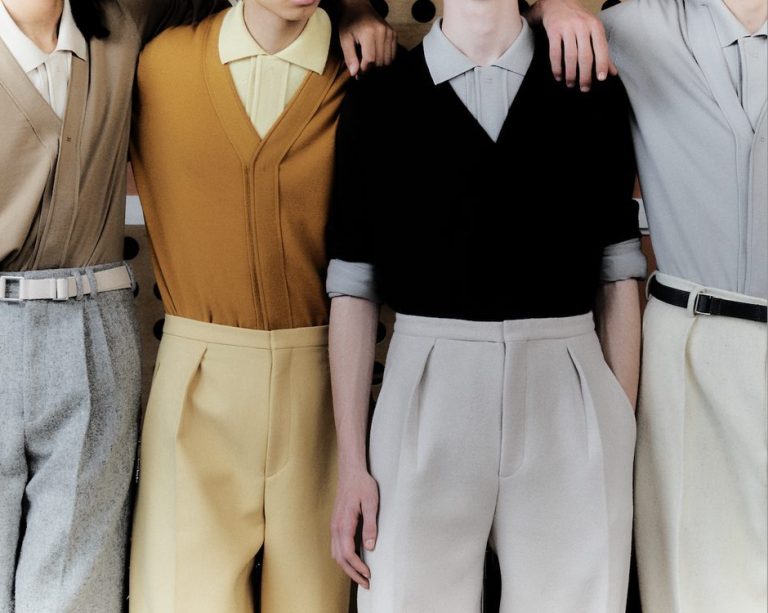In the realm where fashion and art intertwine, Julie Ragolia stands as a visionary force, shaping narratives that transcend the ordinary. Renowned internationally for her work as a stylist for such brands as ZEGNA and Winnie, Ragolia’s approach is modern, rooted in observation, and driven by a profound understanding of the human connection to clothing.
hube: Could you share some insights into how you approach styling to create a distinct impact across editorial stories, fashion shows, and advertising campaigns?
Julie Ragolia: No matter which facet of fashion I am working within, it all begins from the same premise for me: from the human who wears the clothes. My job is to dress people and to make them feel good once they are dressed, or upon seeing people who are dressed. This is always at the forefront of my thinking. Clothes are a human link. We all get dressed every day. We all make decisions about how we present ourselves to the world. And, while this may change from person to person based on many factors, from economics, to geography, and all in between, we are all linked by this human interest in personal taste. For me, that’s a fascinating premise for inquiry.

